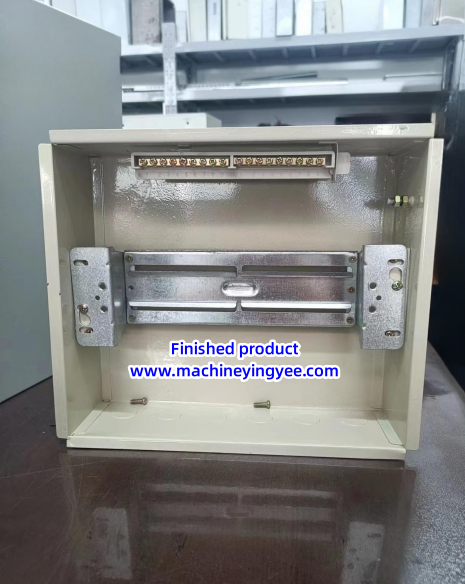
Understanding FrameCAD Rollforming Revolutionizing Construction
In the ever-evolving construction industry, efficiency and cost-effectiveness are paramount. One of the most innovative technologies that have emerged to facilitate these goals is FrameCAD rollforming. This process has transformed the way steel framing is produced, making it quicker and more efficient while also ensuring superior quality and structural integrity.
What is FrameCAD Rollforming?
FrameCAD rollforming refers to a method of shaping metal into specific profiles used in the construction of buildings, particularly in the creation of steel frames. The technology employs a continuous rollforming process where flat sheets of steel are fed through a series of rollers. These rollers gradually bend and shape the steel into precise configurations required for framing systems. This method eliminates the need for welding, reducing labor costs and time while enhancing quality control.
Advantages of FrameCAD Rollforming
1. Speed and Efficiency One of the most significant benefits of FrameCAD rollforming is its rapid production capability. By automating the process, construction teams can produce a large volume of steel components in a fraction of the time it would take using traditional methods. This speed translates into shorter project timelines and quicker occupancy for clients.
2. Cost-Effectiveness The automation of the rollforming process not only saves time but also reduces labor costs significantly. The need for skilled labor is minimized, and material waste is greatly reduced, leading to an overall decrease in expenses. Furthermore, because the components are pre-engineered, laborers can focus on assembly rather than fabrication, which enhances productivity on-site.

3. Precision and Quality FrameCAD rollforming systems utilize advanced technology that ensures each component is manufactured to exact specifications. This precision reduces the likelihood of errors and inconsistencies, which can lead to structural issues in the future. Additionally, the use of high-quality materials ensures that the end product is durable and reliable.
4. Flexibility and Customization The ability to easily adjust designs and specifications makes FrameCAD rollforming highly versatile. Whether for residential buildings, commercial properties, or industrial applications, this technology can accommodate a wide range of structural requirements. Clients can also request bespoke solutions tailored to their unique needs.
5. Sustainability With a growing emphasis on environmental responsibility, FrameCAD rollforming presents an eco-friendly alternative. The process generates less waste, and since the steel used is often recyclable, it aligns with sustainable building practices. Using steel also provides enhanced energy efficiency due to its durability and thermal properties.
Applications in the Construction Industry
FrameCAD rollforming is widely used in various construction projects, including residential homes, commercial buildings, and even complex industrial structures. Its efficiency makes it an ideal choice for large-scale developments where time and budget constraints are critical. Moreover, it is frequently utilized in prefabrication scenarios, where components are built off-site and assembled on location, further speeding up the construction process.
Conclusion
In conclusion, FrameCAD rollforming is a game-changer in the construction industry, offering significant advantages in terms of speed, cost, quality, and sustainability. As the demand for faster and more efficient construction methods continues to grow, technologies like FrameCAD rollforming will play an increasingly vital role. Innovators in the field can leverage this technology to ensure that they remain competitive and responsive in an ever-changing market landscape. With its numerous benefits, it is clear that FrameCAD rollforming will help shape the future of construction for years to come.